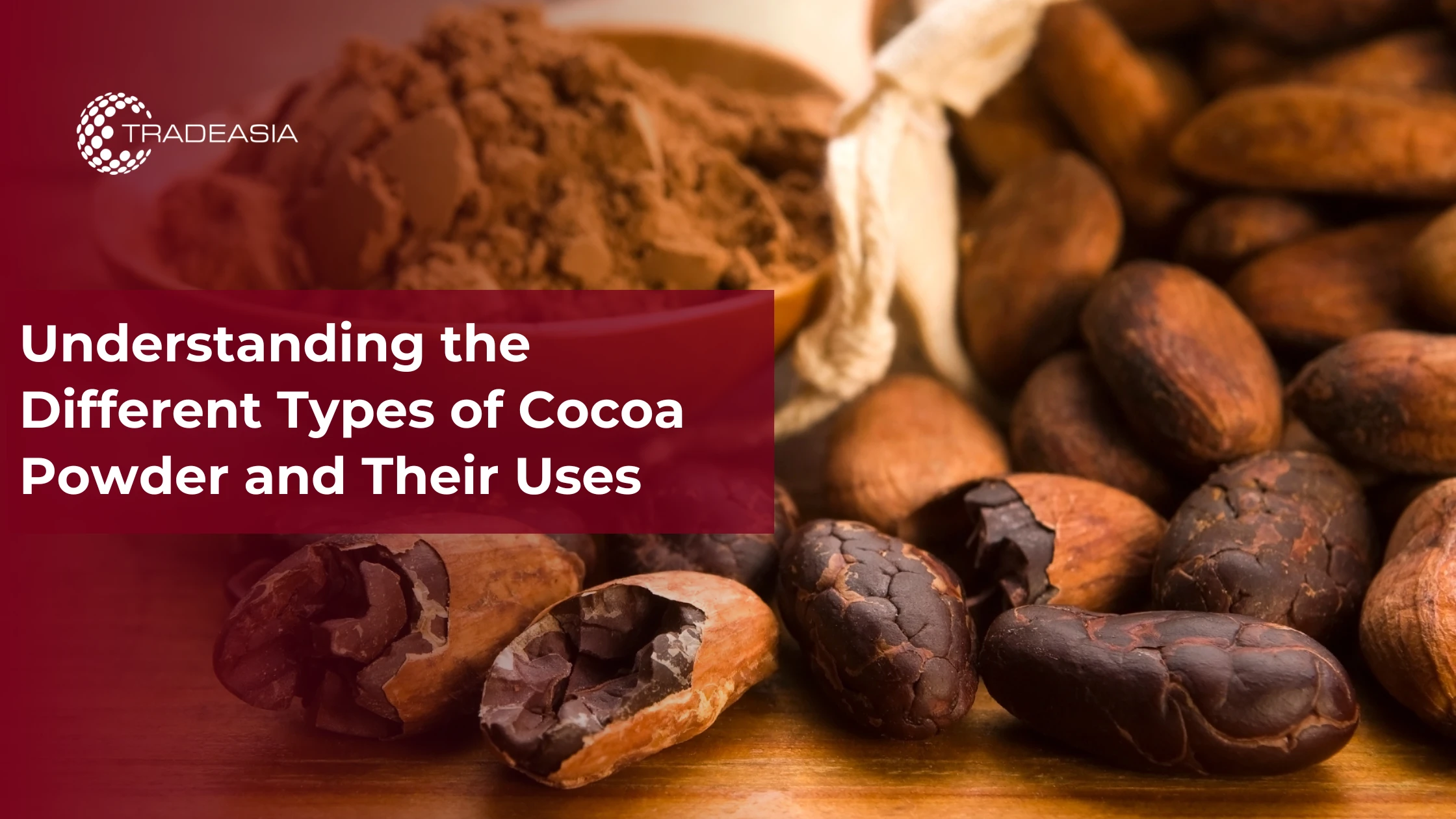Understanding the Different Types of Cocoa Powder and Their Uses

Table of Content
- Natural Cocoa Powder
- Dutch-Processed (Alkalized) Cocoa Powder
- Black Cocoa Powder
- Other Varieties
Cocoa powder is a key ingredient in many delicious treats, from chocolate bars and cakes to beverages and ice cream. However, not all cocoa powders are the same. Different types bring unique flavors, textures, and functionalities to recipes. Understanding these differences can help both professionals and home cooks achieve the best results.
Natural Cocoa Powder
Natural cocoa powder is the most widely used type, made simply by grinding roasted cocoa beans after most of the cocoa butter has been removed. It retains the bean’s natural acidity, which gives it a sharp, slightly bitter taste with fruity undertones. This acidity interacts well with baking soda, causing chemical reactions that help baked goods rise and become light and fluffy. Natural cocoa typically has a lighter brown color and is often labeled as “unsweetened cocoa powder” or “pure cocoa.”
Dutch-Processed (Alkalized) Cocoa Powder
Dutch-processed cocoa powder undergoes treatment with an alkaline solution, usually potassium carbonate, to neutralize its natural acidity. This process yields a smoother, milder flavor and a darker, richer color ranging from reddish-brown to almost black. Because it is non-acidic, recipes using Dutch-processed cocoa usually require baking powder instead of baking soda as a leavening agent. Dutch cocoa dissolves more easily in liquids, making it a popular choice for hot cocoa drinks and European-style baked goods.
Black Cocoa Powder
Black cocoa powder is a heavily alkalized form of Dutch-processed cocoa, resulting in an ultra-dark color close to black. It has a smooth, mellow flavor that is less bitter and less “chocolatey” than natural or standard Dutch-processed cocoa. Black cocoa is primarily used for visual effect in recipes such as Oreo cookies, black velvet cakes, and other baked goods requiring a striking dark appearance.
Other Varieties
-
Raw Cocoa Powder: Produced from cold-pressed, unroasted cocoa beans, this type retains more natural enzymes and antioxidants. It tends to have a bold, bitter, and earthy flavor, often used in health-focused and raw-food recipes.
-
Single-Origin Cocoa Powder: Sourced from a specific region or plantation, single-origin powders carry unique flavor notes influenced by their growing environment, ranging from fruity to nutty or floral.
Understanding the differences among cocoa powder types allows you to choose the right variety based on your recipe’s flavor, acidity, texture, and appearance requirements.

Leave a Comment